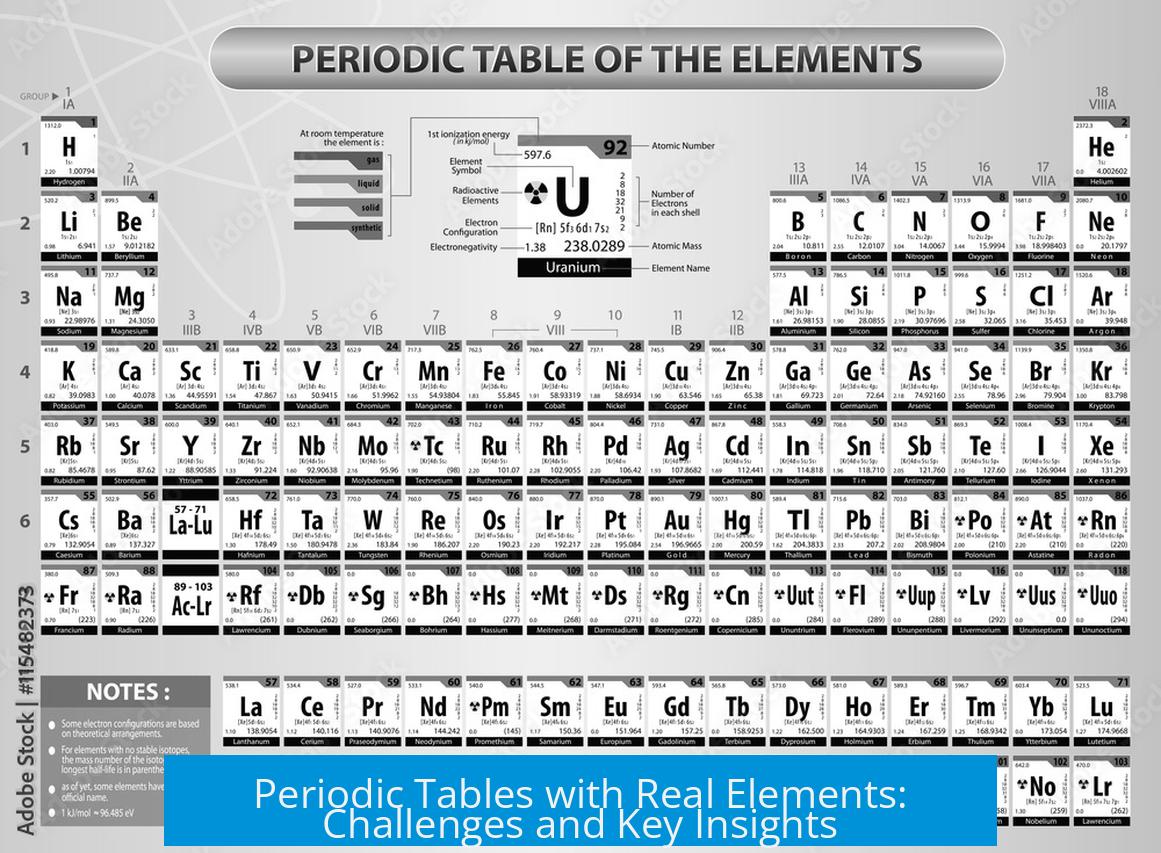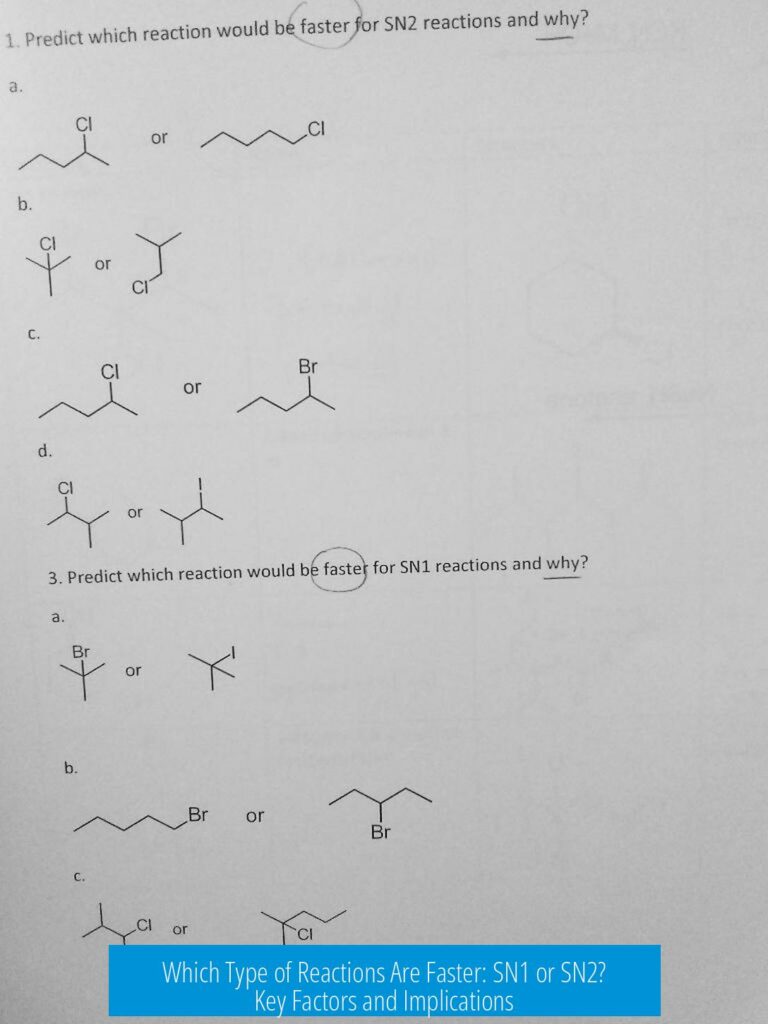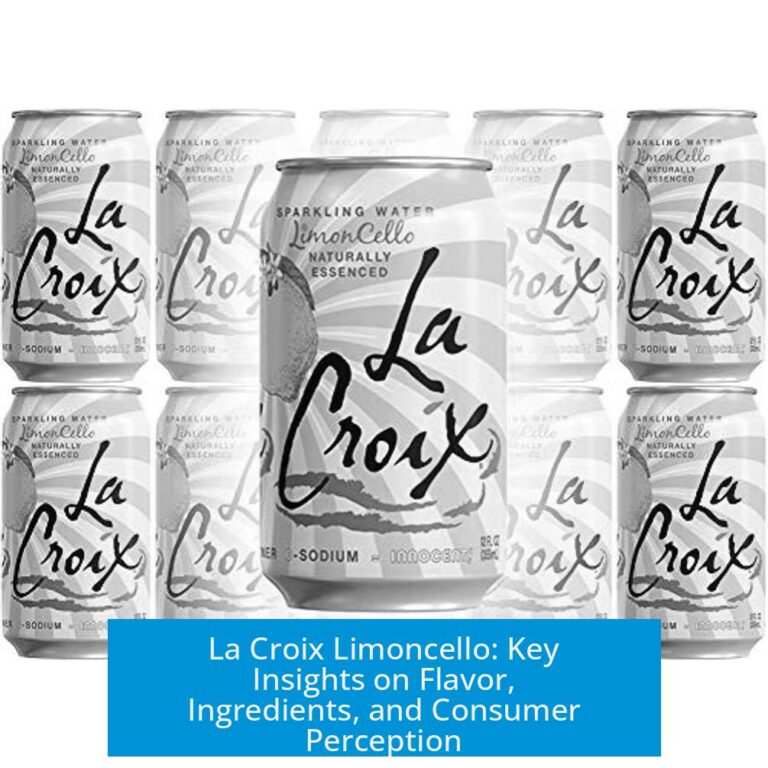Periodic Tables Featuring Real Elements: Challenges and Insights
Periodic tables showcasing real elements are rare, complex projects that face multiple challenges. They involve acquiring actual samples of chemical elements, not just printed symbols or images. Creating or purchasing such tables requires overcoming numerous scientific, legal, and practical obstacles.
Challenges in Creating Periodic Tables with Real Elements
- Radioactivity and rarity limit element inclusion. Some elements are highly radioactive or extremely scarce, making it impossible or illegal to incorporate them in a display.
- High cost of precious metals. Metals like gold or platinum are very expensive. Even tiny amounts increase the cost significantly.
- Storage and display issues. Elements like fluorine are gases or highly reactive solids, posing serious difficulties in safe containment and presentation.
- Legal restrictions. Radioactive elements are tightly regulated. Possessing or displaying them often requires licenses or may be prohibited outright.
- Short half-lives and stability. Some elements exist only for fractions of a second in laboratories, so real samples cannot be obtained or kept.
- Time and expertise requirements. Gathering real element samples is a long-term, resource-intensive hobby requiring knowledge, money, and patience.
Due to these factors, achieving a fully comprehensive periodic table with all real samples is essentially unfeasible. Serious collectors accept limitations on which elements can be included.
Examples of Real Element Periodic Tables
The Engineered Labs periodic table is a prime example. It includes numerous elements in real sample form and is priced accordingly. Its quality and authenticity make it a popular choice for enthusiasts who can afford it.
Another product is an acrylic table embedding 83 element samples. This set includes metals and gases trapped as air bubbles inside acrylic blocks.
| Characteristic | Description |
|---|---|
| Sample Type | Metals and gases embedded in acrylic |
| Sample Appearance | Mercury appears orange/pink solid, fluorine is a teal crystal, gases look like transparent bubbles |
| Price | Under $100 each in bulk orders |
| Included Radioactive Element | Uranium ore fragment, fluoresces under UV light, safely contained in acrylic |
Samples are very small and carefully sealed, reducing hazards. The uranium sample is likely a tiny ore fragment, with radiation blocked by acrylic.
Authenticity Concerns and Substitutions
Manufacturers may use stable compounds instead of pure elements to circumvent instability or reactivity. For example, a mercury sample might be a compound that resembles elemental mercury visually but is safe and stable.
- Elemental mercury is a silver liquid, but samples may appear orange or pink, suggesting a compound or altered state.
- Highly reactive elements like cesium embedded in acrylic are questionable due to their explosive nature in pure form.
- Gas samples could be ordinary air bubbles tinted or treated to resemble elemental gases.
Fluorescence might be mimicked by substances that look like uranium or other elements. These substitutions impact authenticity but increase safety and feasibility.
Testing of Samples within Acrylic
Verifying element authenticity inside acrylic poses challenges. Direct chemical tests are impossible without destroying the acrylic, which risks safety and value.
Possible non-destructive testing methods include:
- X-ray fluorescence (XRF) spectrometry: This can analyze elemental composition through plastic, identifying metals and some elements.
- UV-visible spectroscopy: Might detect specific fluorescence patterns related to uranium or rare earths.
- Energy-dispersive X-ray spectroscopy (EDS): Coupled with scanning electron microscopy, but typically requires sample extraction.
However, access to specialized equipment is required, and some techniques may yield limited data through acrylic. Destructive testing involving acrylic removal is hazardous and not recommended.
Collectors seeking authentication should consult specialized laboratories experienced in elemental analysis within sealed samples. Prioritizing safety and sample preservation is essential.
Summary of Key Points
- Periodic tables with real elements face constraints from radioactivity, rarity, cost, and legality.
- Examples like Engineered Labs and acrylic tables with 83 samples illustrate possible approaches.
- Many samples may be stable compounds or mimics instead of pure elemental forms.
- Testing authenticity non-destructively is difficult; X-ray fluorescence offers potential.
- Projects involving real element periodic tables require significant resources, expertise, and caution.
Can a periodic table display all real elements physically?
No. Some elements are highly radioactive, rare, or exist only briefly. Legal and safety issues prevent including them all physically. Complete physical sets are nearly impossible.
Why do periodic tables with real elements cost so much?
Precious metals are expensive, and obtaining samples of rare elements requires time, money, and expertise. Handling and safely storing sensitive elements adds cost.
How do acrylic periodic tables show gases and reactive elements?
They trap tiny gas bubbles or compounds inside acrylic. Some metals appear altered due to stable compound use rather than pure elements. It avoids handling unstable pure samples.
Are all element samples in these tables genuinely pure elements?
Not always. Some manufacturers may use stable compounds or fake appearances to mimic elements. Pure, reactive elements are hard to encapsulate and maintain safely.
Can authenticity of element samples in acrylic be tested without damage?
X-ray spectrometry might work, but accessing samples without breaking acrylic is tough. Reaction tests require opening the case, which may be unsafe or destroy the sample.
What are good sources for buying periodic tables with real element samples?
Engineered Labs offers high-quality tables if you can afford them. Some manufacturers sell acrylic tables with 83 samples but samples are tiny and may include compounds, not pure elements.





Leave a Comment